Changing A Flat
Portable sealants are useful for repairing a small tire-puncture in a pinch, but for larger damage, such as that occurs in a blowout (figure A), you'll have to change the tire. You'll need a fully inflated spare tire (figure B). It's a good idea to check the pressure in your car's spare each time you check the pressure on your regular tires. Here are the basic steps for changing a tire.
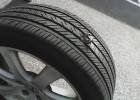
Figure A
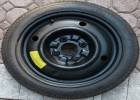
Figure B
- Important: Set your parking brake to prevent the car from rolling. For added safety, place wheel chocks in front of and behind a tire that's on the opposite of the vehicle from the flat (figure C).
- Important: The jack will need to contact the vehicle at the manufacturer's specified jack-points. You can find the proper location to place the jack in your owner's manual (figure D). Your manual should also contain specific instructions for changing your tire.
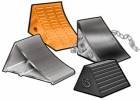
Figure C

Figure D
- With the jack properly placed, jack the car far enough to raise the weight off of the flat tire (figure E).
- Loosen the lug nuts part-way using the lug wrench.
- Tip: If the lug nuts on your tire are too tight, or if they are difficult to loosen because of corrosion, try using a length of pipe as an extender on the handle lug wrench as shown (figure F). This will provide extra torque on the wrench handle and make it easier to break the lug-nuts loose.
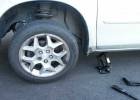
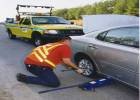
Figure F
Once you've loosened all the lug-nuts, jack up the car up further (figure G) so that the flat tire is off the ground.
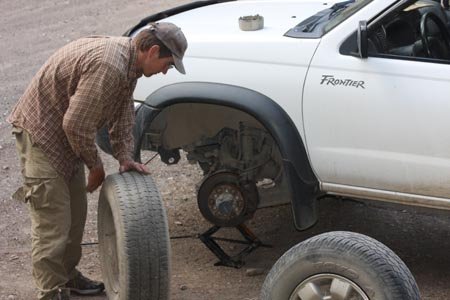
Figure G
Tip: Many a lug nut has been lost in the grass or gravel at the side of the road! And if you lose your wheel's lug-nuts while changing a flat, it won't be possible to install the spare. When you set the lug nuts aside, be certain to put them in a safe place where they won't get lost. One good place is nside the removed hubcap.







